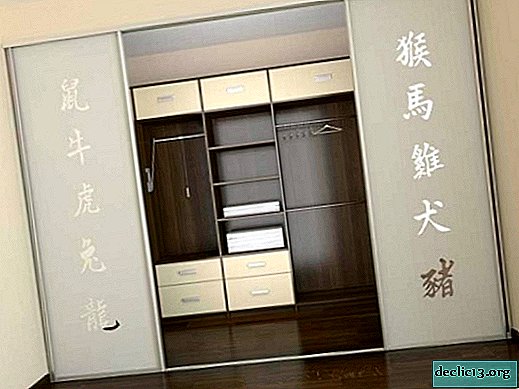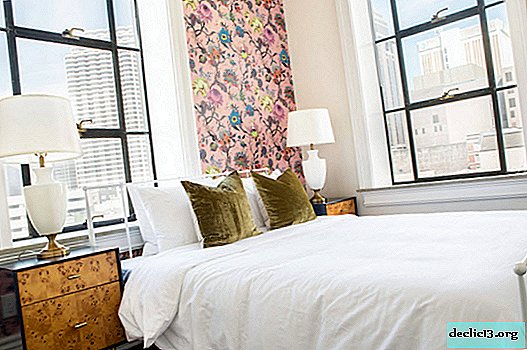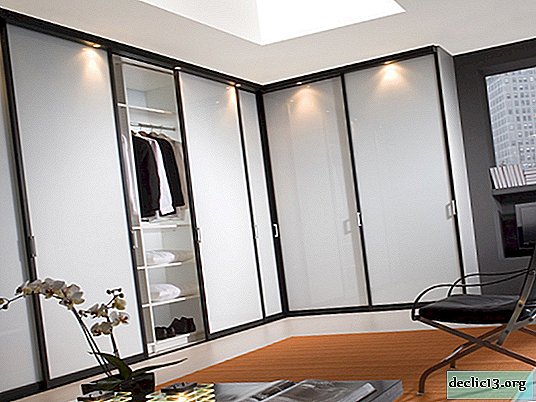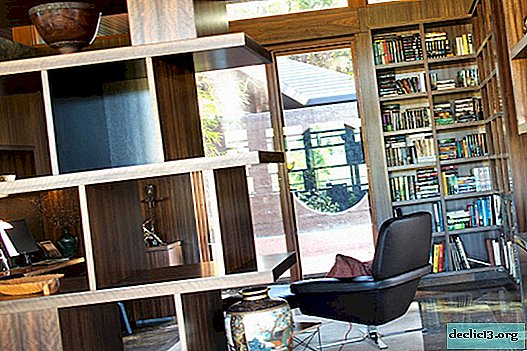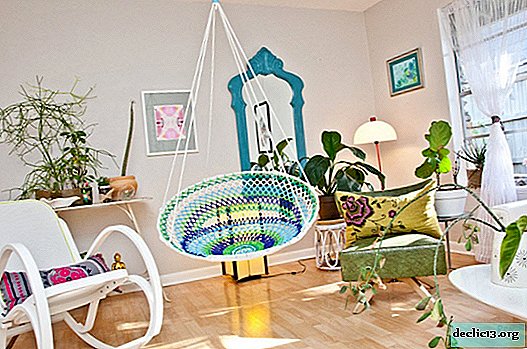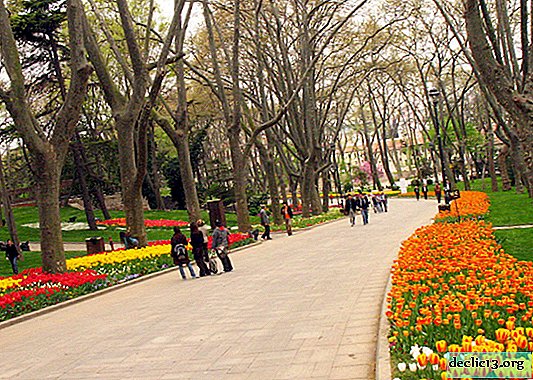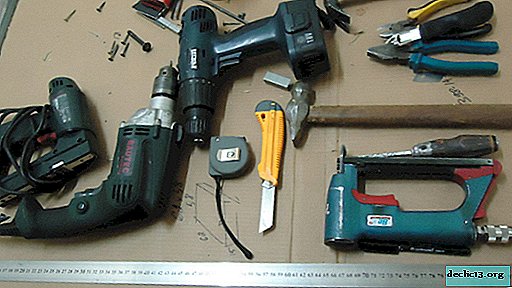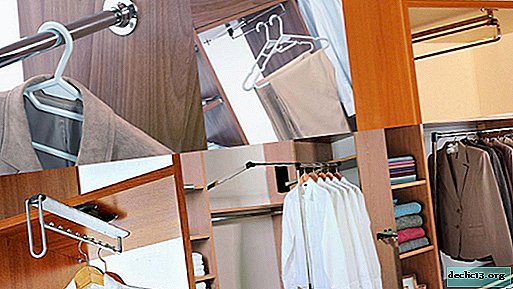Next generation office
Innovative technologies in the field of communications and information dissemination today have radically changed the idea of a modern office. If information is transmitted from anywhere in the world, and technical innovations become available and used everywhere, is it really necessary for employees to stay at workplaces? Will the office be preserved as an integral structure?
One way or another, studies have shown that most of us still prefer to work in the office, and therefore it still remains relevant and is developing in parallel with new technologies and requirements.
60-90s
Surely many of us recall that boring corridor-cabinet system of institutions of the past - monotonous furniture, typical layout, unfriendly atmosphere. But this is just a reflection of the era - a hierarchical rigid structure, complete subordination to the system, work within a single functional.

00s
This is the time of an open office. The innovative information generation is “building” an open plan office space. The elimination of internal partitions occurs, as a result of which the workplaces began to fit tightly together. This arrangement has acquired a free character, and the atmosphere in the team has become more friendly and humane. The main goal of this idea is to improve communication within the divisions and departments of the company.

10th years
Most companies today are project oriented. If previously employees received the task from the manager and performed it, then at the moment the situation has changed. To solve the tasks, an entire project team is created, attracting employees of departments to work. In this case, the project manager is not a traditional leader, but rather an organizing leader.
Such work requires an office in its newest form - open and flexible. Personnel communications should now be provided both within departments and between them.
The rapid development of information, mobile technologies, and the Internet has significantly affected the office. But the most important indicator will always remain the economic component of his work. To date, the requirements in this area have become even higher: lower costs for technology and equipment, rent, utility bills, increased efficiency.
Flexible office (flex-office)
The main concept of flex-office is non-personalized workplaces for employees. In this case, they are divided into mobile and non-mobile. Mobile are those that, by the specifics of their work, devote most of their time to meeting with clients, negotiating, attending presentations, various objects, etc. An unsecured workplace is intended for such an employee.


The project and the scheme of the future flexible office is made up depending on the type of work performed - individual or collective, long or short-term, requiring concentration or collective discussion.

Flex-office workspace features
- reserved desk (hot desk) - reserved by employees for a certain time as necessary;
- free desk (shared desk) - a workplace that a person can occupy without a reservation;
- a room for work that requires special attention and concentration - designed for one employee;
- Quiet zone - designed for several jobs where conversations, calls are forbidden and perfect silence is respected;
- place for team work - project teams can count on specially open spaces in the office. As a rule, this is one or several tables for teamwork;
- place for operational work - designed to address short-term issues. Often this is a standing workplace equipped with a telephone, fax and computer with Internet access;
- telephone zone (phone boot) - a small room for negotiations, conferences and webinars. This room allows you to maintain confidentiality, not to distract colleagues;
- fast meeting room - it is used as well as the traditional one, it differs only in the operational way of solving problems, without seating.

Unconventional workplaces can also serve as terraces, balconies, cafes and adjacent courtyards, if you can connect to the Internet via Wi-Fi.
Club office (coworking)
This type of modern office involves the possibility of renting a workspace for a certain time. Usually this is a complex with a highly developed infrastructure and excellent technologies for solving various problems.

Club office provides:
- zoned space: a zone for negotiations, a territory for meetings in an informal setting, a recreation zone;
- the presence of small offices for rent;
- audience coworking;
- medium-sized companies;
- the presence of freelancers - employees working remotely;
- the presence of companies that do not have their own territory and use a club office for convenient work with customers.
A modern office can be built from scratch or by updating an existing one. One way or another, you must carefully consider some of the prerequisites:
- layout - office area, reception, convenient organization of the grid of columns for workers and visitors;
- accessibility of transport - convenient parking, access and access to the institution;
- Entrance - a representative office should have a decent entrance group.




